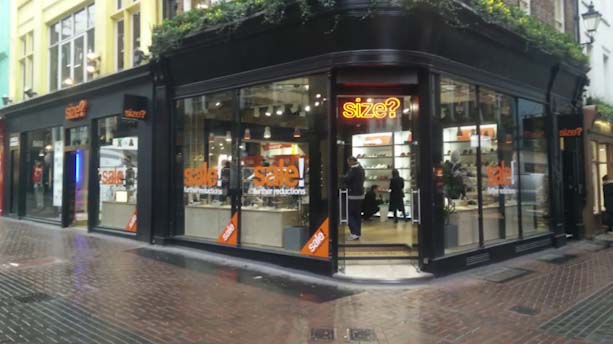Introduction
The FCA wants retail financial services to follow a new Consumer Duty. This ground-breaking move means that companies need to completely re-evaluate how they approach their customers and do business.
The good news is that consumers will feel able to understand the financial decisions they’re making in more depth. However, before reaching that step, companies have their work cut out for them to make their products and services more accessible.
What is Consumer Duty
You’ve likely heard these words before, but chances are, you haven’t fully grasped the impact of what it means for your business. In short, the FCA has implemented a new plan that ensures the financial industry is thinking ‘customer first’ whenever they push out a product or service.
Whether it’s a credit card, life insurance or a high-risk loan, companies must be able to prove that their customers can understand the small print, access customer support easily, receive good value and enjoy well-designed products and services.
The FCA has broken down these goals into four key outcomes, which companies must have an action plan to be compliant with by 31 July 2023.
What are the 4 consumer outcomes
The Consumer Understanding Outcome
Your customers engage with your content in a variety of ways. Website content, social media posts, promotional videos, physical letters, emails…however, chances are they don’t understand everything you’re saying to them. The language you’re using might make sense to you and your colleagues, but did you know the average reading age in the UK is 9-11? That means you need to evaluate everything you’re saying to your customers about the products and services they’re using – or considering using.
When it comes to written content, you want to make sure it’s written in plain English, without any financial jargon. But there’s more to this outcome than getting a good copywriter on the job. You also need to find out if your designs are encouraging customers to stay engaged. Perhaps you need to replace a large volume of written content with a video. Perhaps you need to layer the content. Perhaps you need to redesign your website menu. Working with copywriting and UX services will get you an action plan in place.
The Consumer Support Outcome
So your customer has reached the stage where they’ve fully understood the product they’re using – for example, the current account offered by your company – but, armed with this new information, they want to switch providers as they’ve realised there are better options for their situation. When this customer calls up customer service, they need to be helped just as readily as if they were signing up for a new account and giving your company new business.
Having long call waiting times for customers who are leaving you, but immediately helping those who want to join you, will result in the FCA telling you that you aren’t being compliant with the consumer support outcome. That’s because the long call waiting time is an unreasonable barrier to helping the customer make their good financial decision – switching to a product which is better for them.
The Price and Value Outcome
Customers need to be sold products and services which are good value for their needs. So what does this mean in practice? The pricing is an important factor – if your product or service is priced much higher than competitors offering similar, you’ll need to show the FCA why consumers would receive superior benefits by paying more. But that’s not all. For example, if you’re offering customers a current account with benefits such as free mobile phone insurance, you need to make sure the target market is right – otherwise, someone could sign up for the product and receive poor value.
Here’s an example. An elderly woman signs up to a rewards current account, which costs £15 a month. This account offers free travel insurance and mobile phone protection, but the woman doesn’t travel anymore – or own a mobile phone! This means she wouldn’t be using the benefits of the product – so she isn’t receiving good value for money.
The Products and Services Outcome
It’s not enough to put out a product or service that has been signed off internally, then promote it to the world at large. Instead, your company needs to ensure that everything they’re offering is specifically designed with a target market in mind. What’s more, they need to make sure that products and services aren’t being promoted to the wrong people – in other words, those that wouldn’t get benefit from them.
Companies therefore need to do their homework to prove to the FCA that their entire roster of products and services meets the needs of a specific type of person, as well as the vulnerable customers within that demographic. They also need to factor in the detail they’re providing to customers, the risk profile of their product or service – and make sure that customers can access everything they need without putting unreasonable levels of effort in.
Final Thoughts
Understanding the four outcomes of the Consumer Duty is key, but the journey doesn’t stop there. Retail finance companies have their work cut out for them to ensure they have an action plan in place by July 2023.
The FCA recommends that companies work with user research agencies to receive specialist input they’ll benefit from. If you’re concerned about the current state of your Consumer Duty action plan – or you haven’t started yet – we can help you get organised by performing the research, compiling the reports and creating the frameworks you need to be compliant.










